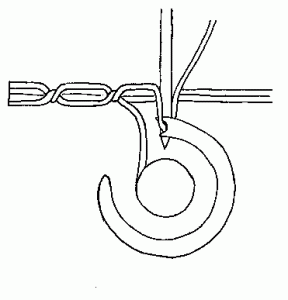Decision making framework
When struggling to make a decision a simple first step is to create three columns and list:
- Reasons in favour
- Reasons against
- Further information required
I like the advice from Jack Reacher,
Evaluate. Long experience had taught me to evaluate and assess. When the unexpected gets dumped on you, don’t waste time. Don’t figure out how or why it happened. Don’t recriminate. Don’t figure out whose fault it is. Don’t work out how to avoid the same mistake next time. All of that you can do later. If you survive. First of all you evaluate. Analyse the situation. Identify the downside. Assess the upside. Plan accordingly. Do all that and you give yourself a better chance of getting through to the other stuff later.
The following is a great template for requesting decision rights within an organisation:
- Describe the authority that is being requested
- Provide a background and summary of the value proposition
- Outline the objective with the strategic fit
- Prepare an economic summary with the base case, as well as other plausible scenarios that could make the project much better or worse
- Identify the key value drivers
- Describe the key risks and mitigants
- List alternatives considered and why they’ve been ruled out
- Project the timeline for future steps
See Koch, C., 2015, Good Profit, Crown Business
And all those points should be evidence-based. Not necessarily extensive, but easily digestible. As management guru Joey Barton points out, three key points are “the limit of relevant, easily digestible information”.
